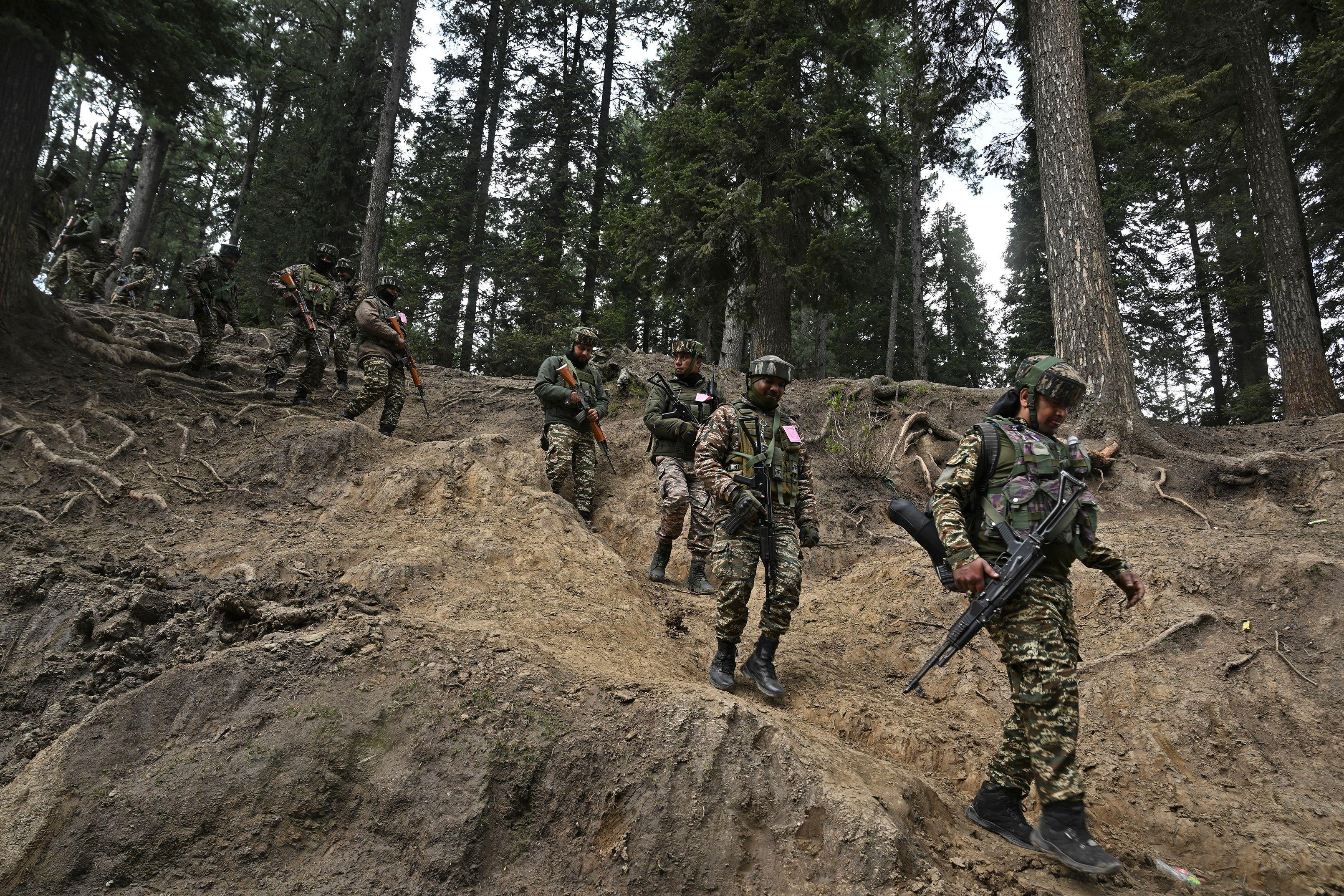After the Strike: A New Chapter in India-Pakistan Relations

In the aftermath of the Sindoor incident, India’s stance towards cross-border provocations has undergone a visible transformation. The concept of India retaliation in Pakistan has moved beyond traditional diplomatic protests and symbolic actions. The 2019 Balakot airstrike served as a turning point, setting a precedent for India’s willingness to carry out direct military responses to terror attacks originating from Pakistani soil. This shift reflects India’s evolving security doctrine where strategic patience has been replaced by swift and calculated retribution.
The Shift in India’s Military Doctrine
The most notable change in India’s approach is the adoption of proactive deterrence. This was clearly seen during the India Pakistan air strike in Balakot, which targeted terrorist training camps deep inside Pakistan-controlled territory. The strike was not only a response to the Pulwama attack but also a signal to Pakistan and the global community that India is prepared to defend its sovereignty at any cost. This air strike, carried out without crossing into contested airspace during the operation, showcased India's enhanced surveillance, intelligence, and military capability.
Diplomatic Messaging and Global Impact
India’s actions were not limited to military response alone. Post airstrike, New Delhi launched a strong diplomatic campaign to justify its actions globally. The emphasis was on conveying that the strike was a counter-terrorism measure and not an act of war against Pakistan. Most major global powers including the United States, France, and Australia acknowledged India’s right to self-defense. This strategic communication was vital in maintaining international support while avoiding a full-scale war.
Pakistan's Response and Regional Implications
Pakistan’s retaliatory air operation the following day escalated tensions, yet India maintained control over the narrative. Although Pakistan attempted to project strength by capturing an Indian pilot, India’s quick diplomatic and public response neutralized much of the impact. This episode also underlined the importance of media management and perception warfare in modern conflicts. The South Asian region remains on edge, but the new reality suggests a redefined threshold for conflict—India retaliation in Pakistan is no longer a theoretical scenario but a demonstrated possibility. As a result, surgical military responses may become a recurring theme in the strategic calculus of both nations.
Conclusion
The events following the Sindoor attack reflect a turning point in regional military dynamics. The doctrine of India retaliation in Pakistan is no longer speculative—it’s operational. The India Pakistan air strike marked the beginning of a more assertive Indian defense policy that balances military response with diplomatic strategy. As tensions continue to simmer between the two nuclear-armed neighbors, it is clear that the cost of provocation has significantly increased, and India’s new playbook is being closely watched across the globe.
- Art
- Causes
- Best Offers
- Crafts
- Dance
- Drinks
- Film
- Fitness
- Food
- Spiele
- Gardening
- Health
- Startseite
- Literature
- Music
- Networking
- Andere
- Party
- Religion
- Shopping
- Sports
- Theater
- Wellness



